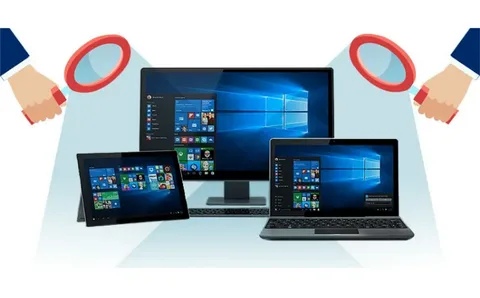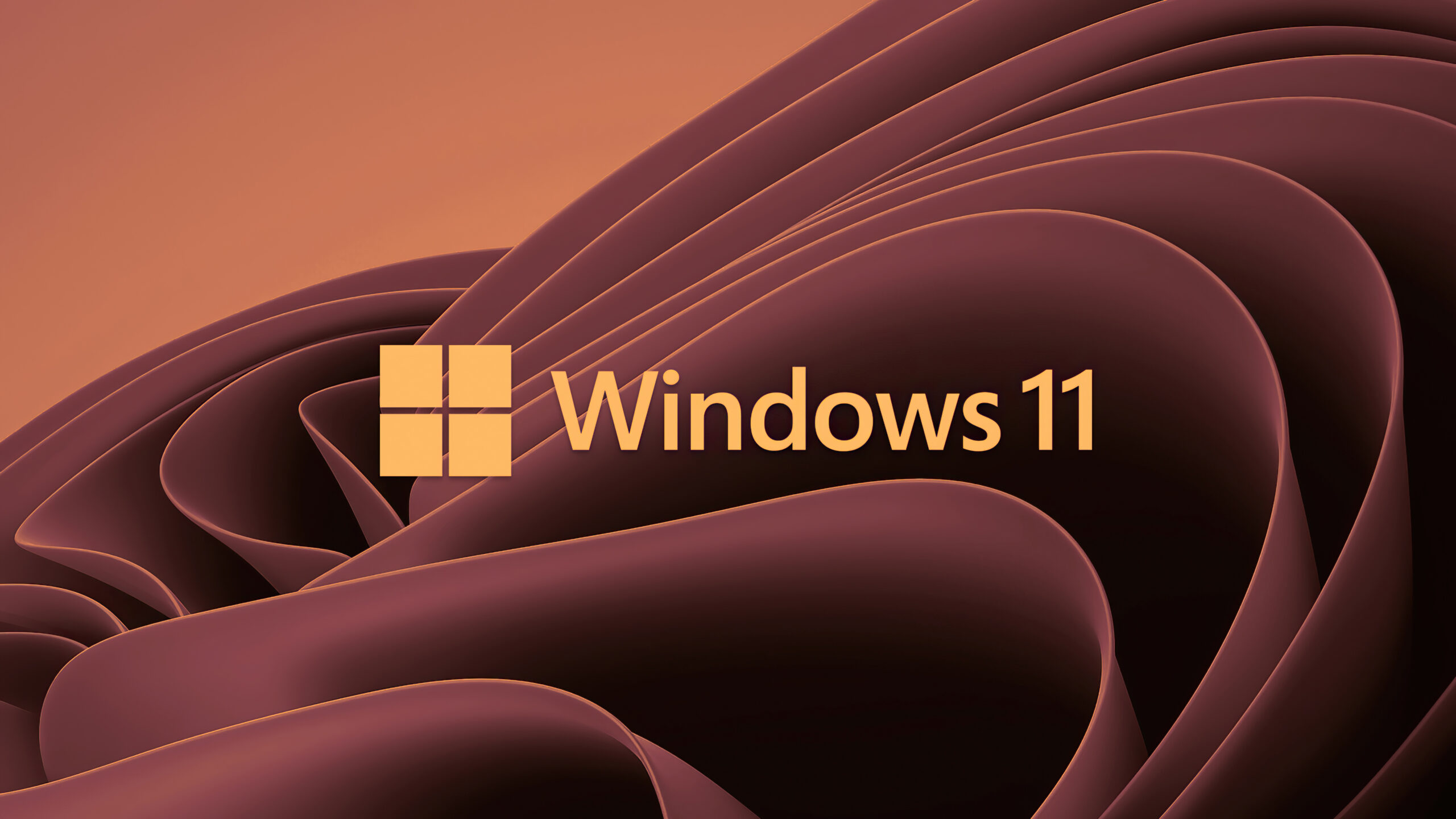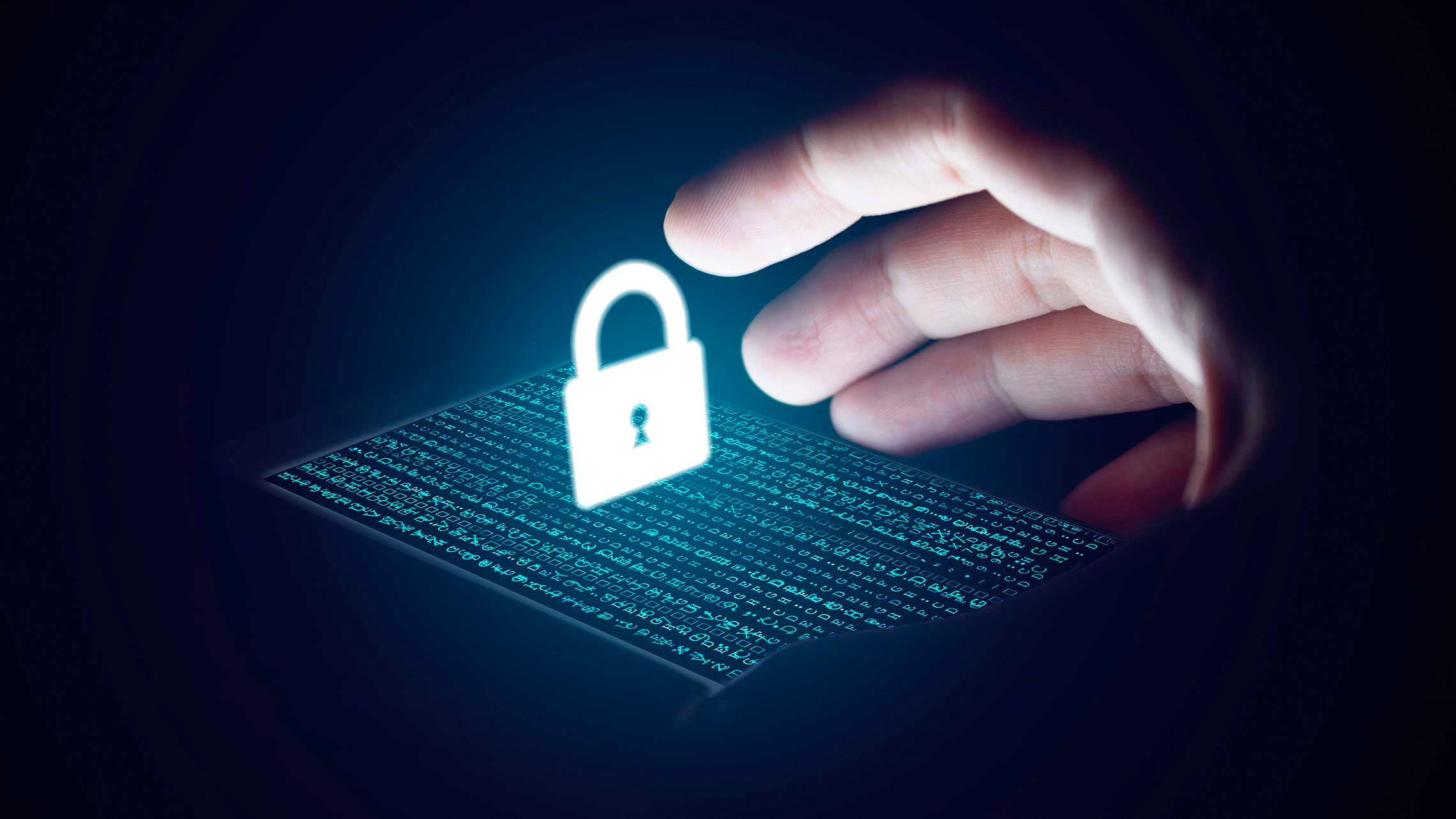Features to Look for in Employee Monitoring Software for Mac
As a business owner, I understand the importance of maintaining a productive and efficient work environment. While trust is crucial, having the right tools in place to monitor employee activity can be essential for ensuring accountability and identifying areas for improvement.
However, navigating the world of employee monitoring software, especially for Mac users, can be overwhelming. With so many options available, each boasting a plethora of features, it’s easy to get lost in the technical jargon and miss out on what truly matters.
To assist others on a similar journey, I’m sharing my experience and the key features I looked for when choosing employee monitoring software for Mac users.
Comprehensive activity training
The core functionality of any monitoring software is primarily based on activity tracking. As for me, I opted for a solution that serves a wide range of activities, including;
- Website monitoring: While I trust my team’s browsing habits, occasional monitoring can help identify misuse or prevent access to restricted websites that could compromise company security.
- Document and file tracking: Keeping track of document creation, access, and modification times proved valuable for monitoring project progress and identifying potential data breaches.
- Application usage: This provided me quality insights into which applications employees were using and for how long. This helped to identify potential distractions and to ensure that employees were focusing on their core tasks.
Before You Connect a New Computer to the Internet
User-friendly interface and reporting
Even the most feature-rich interface is useless and in vain if it is difficult to use and inclines to a steep learning curve. That is why, I went for a employee monitoring software for Mac that serves;
- An intuitive and user-friendly interface: A clean and well-organized interface made it easy for me to navigate the software, access reports, and understand the data presented.
- Data visualization tools: Charts and graphs made it easier to identify trends and patterns in employee activity, allowing me to make data-driven decisions for improving productivity and efficiency.
- Customizable reports: I wanted to be able to generate reports based on specific criteria, such as department, application usage, or individual employee activity. This allowed me to gain deeper insights and tailor my approach based on the data.
Distinct control and flexibility
Micromanagement is counterproductive, so I prioritized software that offers granular control over remote monitoring settings. This enables to;
- Set specific monitoring schedules: I wasn’t interested in monitoring employee activity outside of work hours, so the ability to schedule monitoring times was crucial.
- Set custom alerts or notifications: Configuring alerts to notify me only about critical events, such as attempts to access restricted websites or unusual document activity outside of work hours. This way, I avoided information overload and focused on what truly mattered.
- Exclude specific applications and websites: Certain applications, like project management tools or communication platforms, were essential for work and shouldn’t be flagged as unproductive. The ability to exclude such applications ensured a more realistic picture of employee activity.
Remote employee management
In today’s work from home environment, managing remote teams effectively to the best of ability can be challenging. There is no argument on that matter. However, monitoring softwares has features that can bridge the physical gap for better outcome;
- Remote access capabilities: Some advanced software offers the ability to remotely access employee desktops (with proper permissions and prior consent, of course). This can be helpful for troubleshooting technical issues or providing real-time support to remote team members.
- Screenshots and screen recording: Capturing screenshots or screen recordings at specific intervals can provide valuable insights into remote employee activity. This can be particularly useful for ensuring focus during critical tasks or training purposes. However, it’s crucial to implement these features with clear communication and employee consent to avoid privacy concerns and violation pertaining to privacy laws.
Legalities and security
Abiding with laws and regulations, plus firm data security is one of the primary aspects that needs to be addressed by any organization. With remote work in force, employee privacy and data security are of paramount concerns. Fortunately, employee monitoring software for Mac that I chose guarantees features, including;
- Compliance with local regulations: With data privacy regulations like GDPR and CCPA in place, I needed software that adhered to these guidelines to ensure legal compliance.
- End-to-end encryption: This guaranteed that all monitored data, including screenshots and keystrokes (if necessary), was encrypted to prevent unauthorized access.
- Employee consent and notification: Upholding transparency adequately when remotely monitoring is the key to harmony. For instance, I informed my employees about the monitoring software and obtained their consent before implementing it.
Advanced productivity monitoring
Beyond the basic application tracking, some monitoring software offers in-depth productivity insights. These additional attributes are a game-changer, and here’s why;
- Project and task management integration: Linking employee monitoring software with project management tools allows for a holistic view of productivity. You can see how long tasks take to complete, identify roadblocks within projects, and ensure resources are allocated efficiently.
- Idle time tracking: This goes beyond simply monitoring active applications. It identifies periods of inactivity, which can indicate breaks, distractions, or potential workflow bottlenecks. This data can then be used to identify areas for improvement or offer targeted training to optimize employee workflows.
By carefully considering these key features, you can choose the right employee monitoring software for your Mac team. Remember, the goal is to empower your employees to be productive and efficient, while also safeguarding the business from security risks.
Why do Macs deserve a distinct monitoring solution than Windows PCs?
Let’s be honest, the world of employee monitoring software has largely been built with Windows PCs in mind. This one-size-fits-all approach simply doesn’t cut it for Mac users. And this ought to be looked into.
Privacy focus
Apple prioritizes user privacy, and that extends to its operating system. Mac users are generally more privacy-conscious, and employee monitoring software for Mac needs to reflect that. Intrusive features like keystroke logging or constant webcam monitoring are a big no-no on Macs. The best solutions offer granular control over monitoring features, allowing you to focus on essential activities without compromising employee privacy.
Security by design
Macs are inherently more secure than their PC counterparts. Built-in features like sandboxing and application signing make it more difficult for malware and intrusive monitoring software to infiltrate the system. This means the software you choose needs to be Mac-specific. And leverage the existing security architecture, not try to wrestle control in a way that can compromise system integrity.
Usability matters
We all know that Macs are well-known for their intuitive user interface. Employee monitoring software for Macs should follow suit. Confusing interfaces and a steep learning curve can discourage use and ultimately render the software ineffective. Look for solutions with clean interfaces and features specifically designed for the Mac workflow.
Don’t get me wrong, there are plenty of decent employee monitoring software options available for Macs. But, only by recognizing the inherent differences between Mac and PC ecosystem. Can you ensure to choose a solution that integrates seamlessly with your business dynamics.






